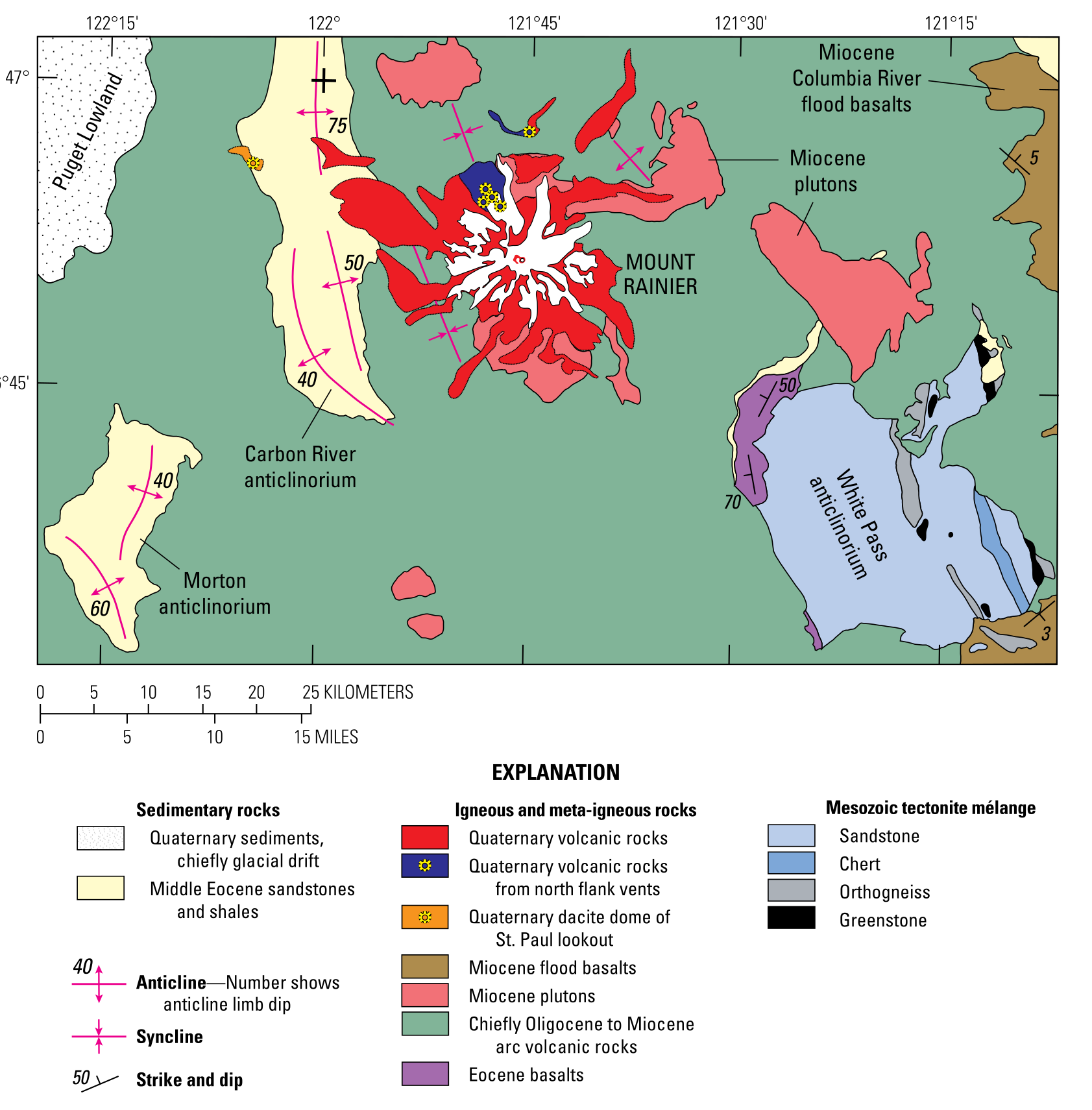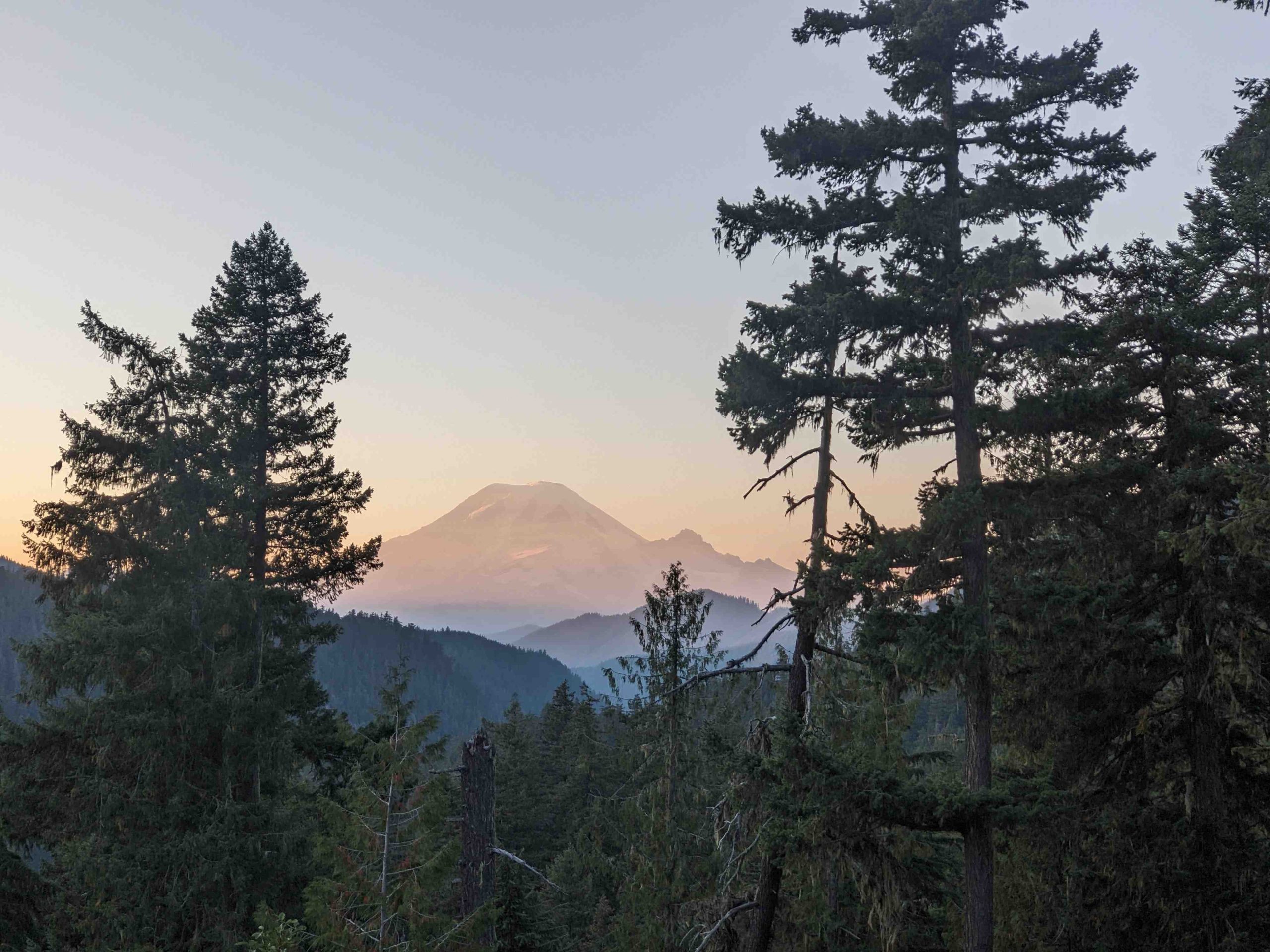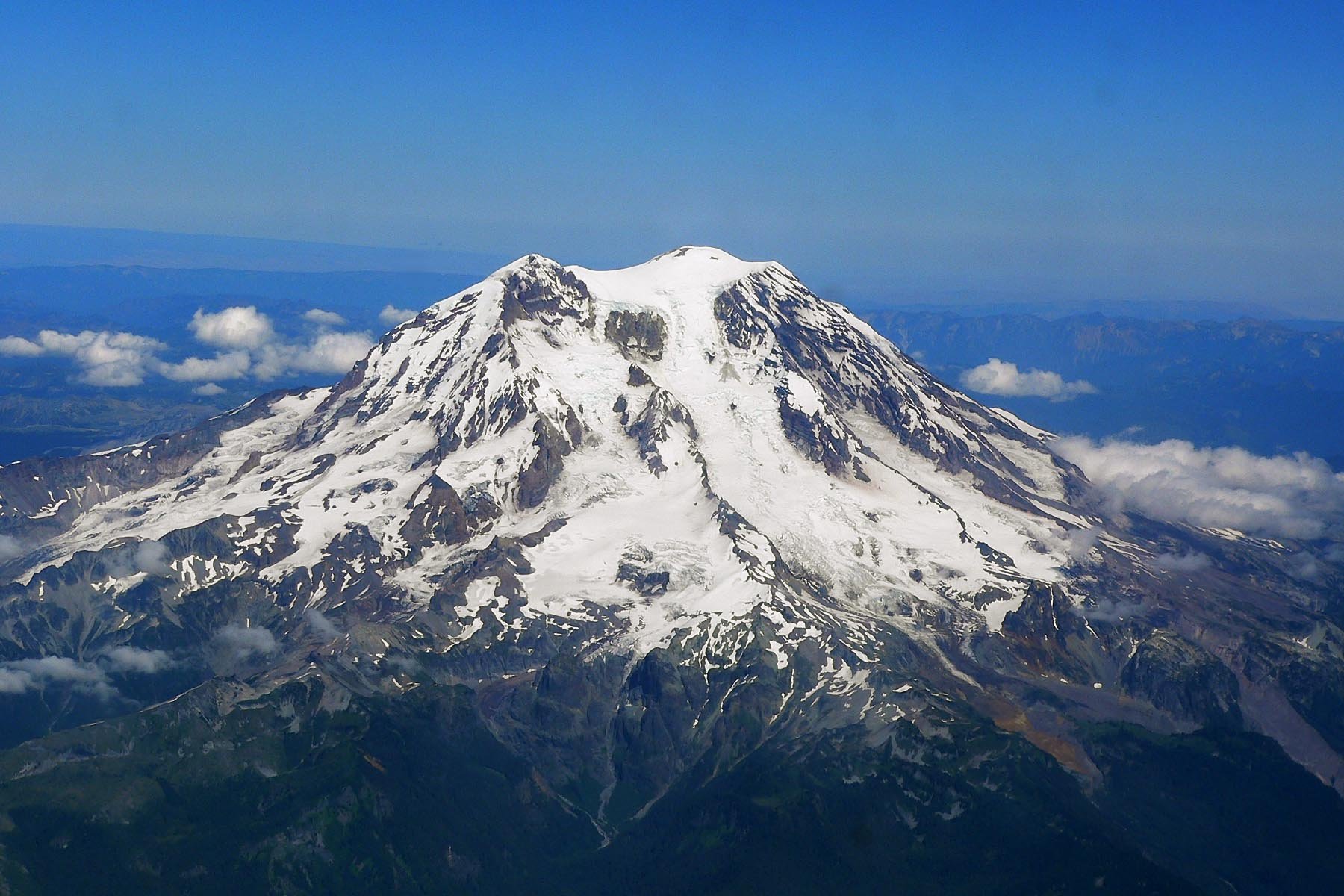Mount Rainier altitude sickness is a significant concern for hikers and climbers attempting to scale this iconic peak. As the highest mountain in Washington state, reaching 14,411 feet (4,392 meters), Mount Rainier presents a real risk of altitude-related illnesses. These can range from mild acute mountain sickness (AMS) to more severe conditions like high-altitude pulmonary edema (HAPE) and high-altitude cerebral edema (HACE). Understanding the symptoms, prevention strategies, and treatment options is crucial for anyone planning to ascend Mount Rainier.
What Are the Symptoms of Mount Rainier Altitude Sickness?

Altitude sickness at Mount Rainier can manifest in various ways, depending on the elevation and individual susceptibility. Here are the key symptoms to watch out for:
Mild Symptoms (5,000 to 8,000 feet):
- Headache
- Dizziness
- Nausea
- Fatigue
- Difficulty sleeping
Severe Symptoms (above 8,000 feet):
- Shortness of breath
- Persistent cough
- Confusion
- Loss of coordination
- Severe headache
- Vomiting
It’s important to note that symptoms can appear within 4 to 24 hours after ascending to high altitude and may reach peak severity in 24 to 48 hours.
How Can You Prevent Altitude Sickness on Mount Rainier?

Prevention is key when it comes to altitude sickness. Here are some strategies to minimize your risk:
- Gradual Ascent: Climb slowly and allow time for acclimatization.
- Proper Hydration: Drink plenty of water throughout your ascent.
- Avoid Alcohol: Abstain from alcohol consumption before and during your climb.
- Get Enough Rest: Ensure adequate sleep and rest periods during your ascent.
- Medication: Consider prophylactic medication like acetazolamide (Diamox) after consulting with a healthcare provider.
Recommended Acclimatization Schedule:
| Day | Activity | Max Elevation |
|---|---|---|
| 1-2 | Hike lower trails | 5,000-7,000 ft |
| 3-4 | Ascend to Camp Muir | 10,188 ft |
| 5 | Rest and acclimatize | 10,188 ft |
| 6-7 | Summit attempt | 14,411 ft |
What Should You Do If You Experience Altitude Sickness on Mount Rainier?
If you start experiencing symptoms of altitude sickness on Mount Rainier, follow these steps:
- Stop Ascending: Cease further upward progress immediately.
- Rest and Hydrate: Take a break and drink plenty of fluids.
- Descend If Necessary: If symptoms persist or worsen, descend to a lower elevation.
- Seek Medical Help: For severe symptoms, contact park rangers or emergency services.
Treatment Options:
- Oxygen: Supplemental oxygen can help alleviate symptoms.
- Medications: Dexamethasone for severe cases, particularly HACE.
- Descent: The most effective treatment is to descend to a lower altitude.
How Does Mount Rainier’s Elevation Affect Climbers?
Mount Rainier’s significant elevation poses unique challenges:
- Reduced Oxygen Levels: At the summit, oxygen levels are about 40% lower than at sea level.
- Rapid Weather Changes: High altitude can lead to sudden and severe weather shifts.
- Physical Exertion: The thin air makes physical activity much more demanding.
Elevation Profile of Mount Rainier:
- Base: 5,400 ft (1,646 m)
- Camp Muir: 10,188 ft (3,105 m)
- Summit: 14,411 ft (4,392 m)
What Are the Long-Term Effects of Altitude Exposure on Mount Rainier?
While most effects of altitude are temporary, repeated exposure or severe cases can have lasting impacts:
- Improved Red Blood Cell Production: Regular high-altitude exposure can increase the body’s ability to transport oxygen.
- Potential Cognitive Effects: Severe altitude sickness, particularly HACE, may lead to long-term cognitive issues if not promptly treated.
- Cardiovascular Adaptations: The heart and lungs may become more efficient at handling low-oxygen environments.
How Does Fitness Level Impact Altitude Sickness Risk on Mount Rainier?
Contrary to popular belief, fitness level doesn’t necessarily correlate with altitude sickness susceptibility:
- Myth: Being in excellent physical shape prevents altitude sickness.
- Reality: Even highly fit individuals can experience altitude sickness.
- Key Factor: The rate of ascent and individual physiology play more significant roles than fitness.
However, better physical conditioning can help manage the overall demands of high-altitude climbing.
What Role Does Genetics Play in Altitude Sickness on Mount Rainier?
Recent research has shed light on genetic factors influencing altitude sickness:
- Gene Variations: Certain genetic variations may predispose individuals to altitude sickness.
- Adaptation Genes: Some people have genes that allow for better high-altitude adaptation.
- Future Implications: Genetic testing may eventually help predict individual risk for altitude-related illnesses.
How Does Age Affect Altitude Sickness Risk on Mount Rainier?
Age can influence how the body responds to high altitude:
- Children: Generally adapt well but may have difficulty communicating symptoms.
- Adults: No significant difference in risk between young and middle-aged adults.
- Older Adults: May have increased risk due to underlying health conditions.
What Are the Psychological Effects of High Altitude on Mount Rainier?
The psychological impact of high-altitude climbing on Mount Rainier can be significant:
- Altered Mental State: Hypoxia can lead to poor decision-making and mood changes.
- Anxiety: The challenging environment and physical symptoms can increase anxiety levels.
- Accomplishment: Successfully managing altitude can boost confidence and mental resilience.
How Does Mount Rainier’s Altitude Compare to Other Famous Peaks?
Understanding Mount Rainier’s elevation in context can help climbers prepare:
| Mountain | Elevation (ft) | Elevation (m) |
|---|---|---|
| Mount Rainier | 14,411 | 4,392 |
| Mount Everest | 29,029 | 8,848 |
| Kilimanjaro | 19,341 | 5,895 |
| Mont Blanc | 15,774 | 4,808 |
Mount Rainier, while not the highest, presents significant altitude challenges due to its northern latitude and rapid elevation gain.
In conclusion, understanding and respecting the risks of altitude sickness on Mount Rainier is crucial for a safe and successful ascent. By following proper acclimatization protocols, recognizing symptoms early, and taking appropriate action, climbers can minimize their risk and enjoy the breathtaking experience of scaling this magnificent peak.
References:
1. Altitude Illness: Risk Factors, Prevention, Presentation, and Treatment – American Academy of Family Physicians
2. Altitude Sickness: Symptoms, Treatment & Medication, Prevention – WebMD
3. Altitude sickness – Better Health Channel

